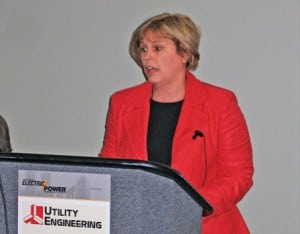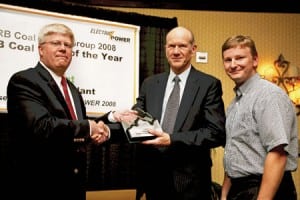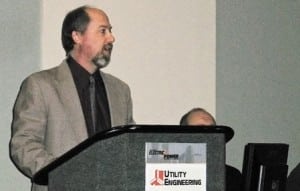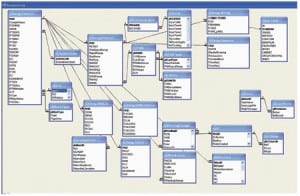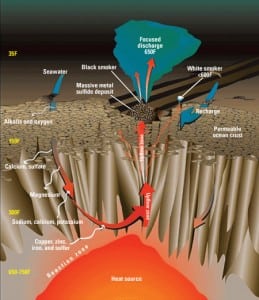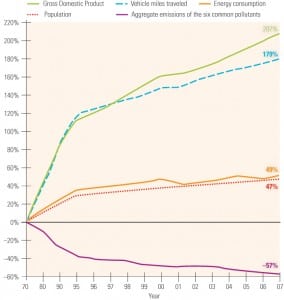Latest
-
Nuclear
A race for winning reactor designs and approvals
A week before the Preakness and two weeks after the Kentucky Derby, it was an atomic horse race in Baltimore. Reactor vendors trotted out their technologies at the ELECTRIC POWER Conference & Exhibition in sessions that filled the nuclear track’s 96-seat room at the Baltimore Convention Center. The reactor makers were also soliciting help from […]
-
Coal
PRB Coal Users’ Group enjoys growing interest in its concerns
The 2008 Powder River Basin Coal Users’ Group (PRBCUG) set new records for attendance again this year with more than 400 registered members for the three-and-a-half-day event, 268 of whom were from operating companies. The meeting’s Grand Sponsor was Benetech and its Plant Professionals group. The meeting began with the Power Plant Awards Banquet on […]
-
Water
New strategies for conquering environmental challenges
No doubt some power plant engineers feel that tackling environmental problems is a lot like dealing with the Hydra, the ancient mythological serpent monster with multiple heads. When an attacker would cut off one of the Hydra’s numerous heads, two new ones would grow back in place of the head that was removed. All too […]
-
Instrumentation & Controls
Digital technology spawns need for configuration management
Documenting changes to the distributed control system and other digital plant applications should be considered a critical element of managing risk—and of safe, efficient daily operations and maintenance. Coming up with a practical configuration management approach, though, isn’t easy.
-
Not a quarter’s worth of difference
What, if anything, distinguishes the three major presidential candidates on energy and environmental policy? Not much, based on papers posted on their web sites, public comments, and interviews reported on in the nation’s newspapers. Let’s split some hairs on the candidates’ energy and climate change policy positions.
-
Geothermal
Tapping seafloor volcanic vents
Modern ocean power systems look to convert the mechanical energy of waves or tidal movement to electrical energy. But that’s not all the sea has to offer. It may also be possible to capture and convert the enormous quantities of heat produced by magma escaping through seafloor vents—an undersea version of geothermal energy.
-
Commentary
Deadlock: Bush’s Air Policy
After almost eight years, the Bush administration’s approach to air pollution policy—including global warming—ends up with bupkus. That’s a wonderfully-useful Yiddish word meaning, literally, “nothing,” but implying less than nothing, or the meaningless result of lots of apparent, but futile, effort.
-
Coal
New Source Review Update
The mere mention of the words "New Source Review" (NSR) will immediately capture the full attention of any utility executive and might cause the cancellation of even the best power plant "upgrade" project. The effects of those three words have nothing to do with project economics or whether a project increases or decreases emissions. It’s all about the lawsuits.
-
Commentary
Welcome to the New COAL POWER
Welcome to our new format for COAL POWER, brought to you by the editors of POWER magazine. This new web site and “webzine” contains in-depth information specifically for the coal-fired power generation market.
-
Commentary
Ups and Downs in Coal Markets
Earlier this month, blogger and Contributing Editor Kennedy Maize took a look at some significant developments on the coal front, including the fate of proposed new plants in Indiana and Kansas and the booming demand for coal mine workers.

